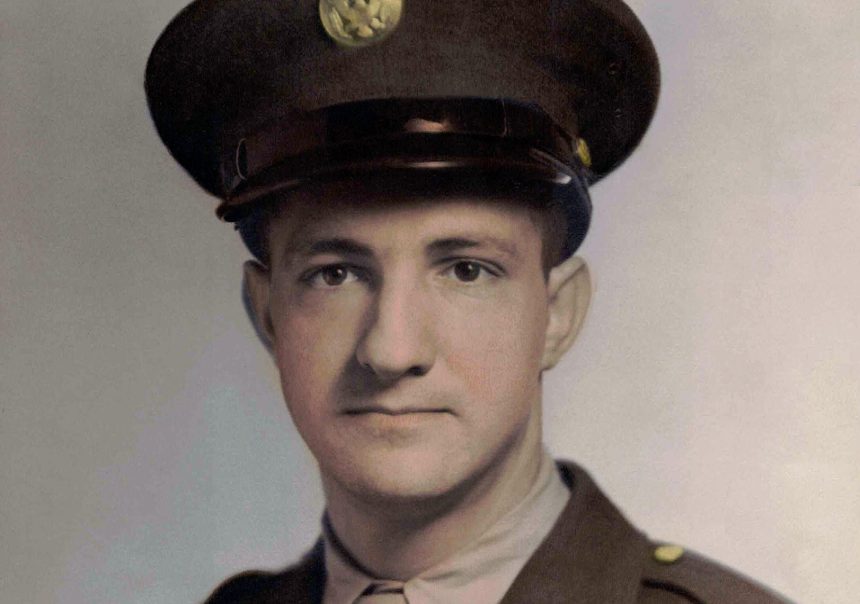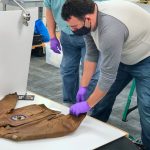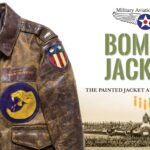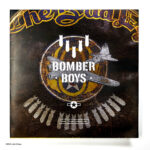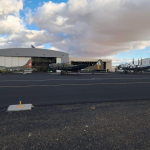Note: This series is brought to us by award-winning photographer John Slemp, who photographed over 100 surviving A-2 flying jackets from the airmen of World War II, traveling the nation and visiting museums and attics alike. An icon of World War II, the hand-painted Bomber Jackets, known more formally as the Type A-2 Flying Jacket, are some of the most celebrated artifacts of the period. Designed at first as protective clothing for aircrews, the jackets became a status symbol, an opportunity to exercise creativity in a sea of green clothing, and a way to chronicle wartime feats of courage and bravery. In his resulting book, “Bomber Boys – WWII Flight Jacket Art,” he combines the tactile beauty of the leather and artwork of these jackets, artifacts, and personal accounts to create a visual diary of a man’s service in the U.S. Army Air Corps. In this series on Vintage Aviation News, John shares stories of how he found and photographed some of these jackets. – VAN editors
(Read ‘Part 1: Jimmy Stewart’s Jacket’ here)
When I began the project in 2014 to photograph WWII “bomber jackets,” little did I know how much passion the subject ignites in collectors, military buffs, and family members of WWII veterans. To say that it can be intense would be an understatement. I suppose one of the best examples of this was when in 2015 two family members drove from Iowa to Atlanta (approximately 850 miles!) to bring me a jacket and several artifacts to photograph. Not only was SSG Harvey Brundage’s A-2 jacket photographed, but also several other artifacts of this time in the 401st Squadron of the 91st Bomb Group.
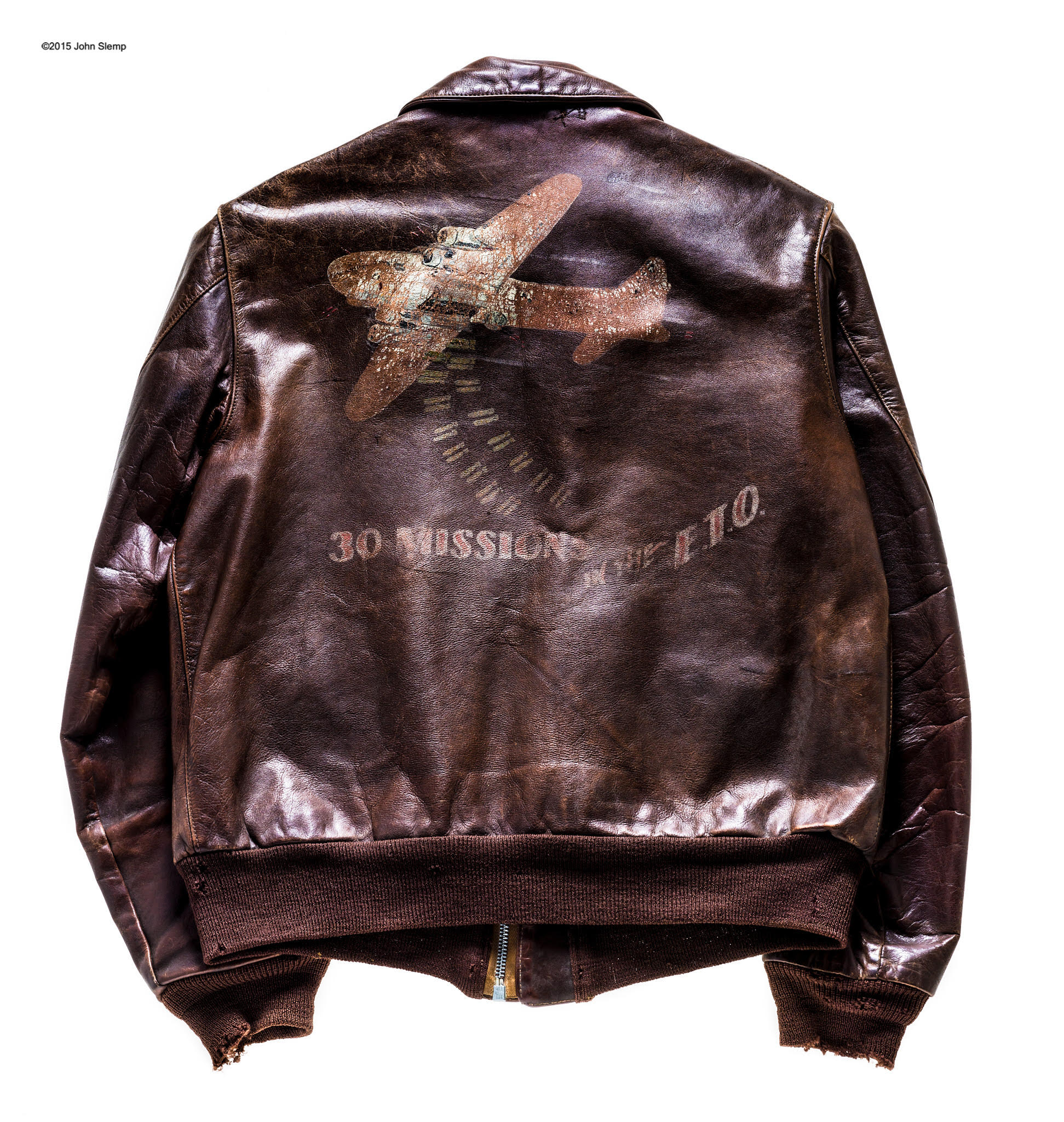
According to his grand-daughter, Harvey was already married and had a child when he enlisted, eventually becoming a B-17 waist gunner. By definition then, this made him an “old man” compared to his fellow crewmen…someone with real responsibilities back home. He finished his tour with 30 missions completed over occupied Europe, and I was told that he built his own home after safely returning home to his family. Always good with his hands, Harvey carved military aircraft models from broken pieces of bomber windshields, and it was truly a surprise when they began pulling them out of their wrapping.
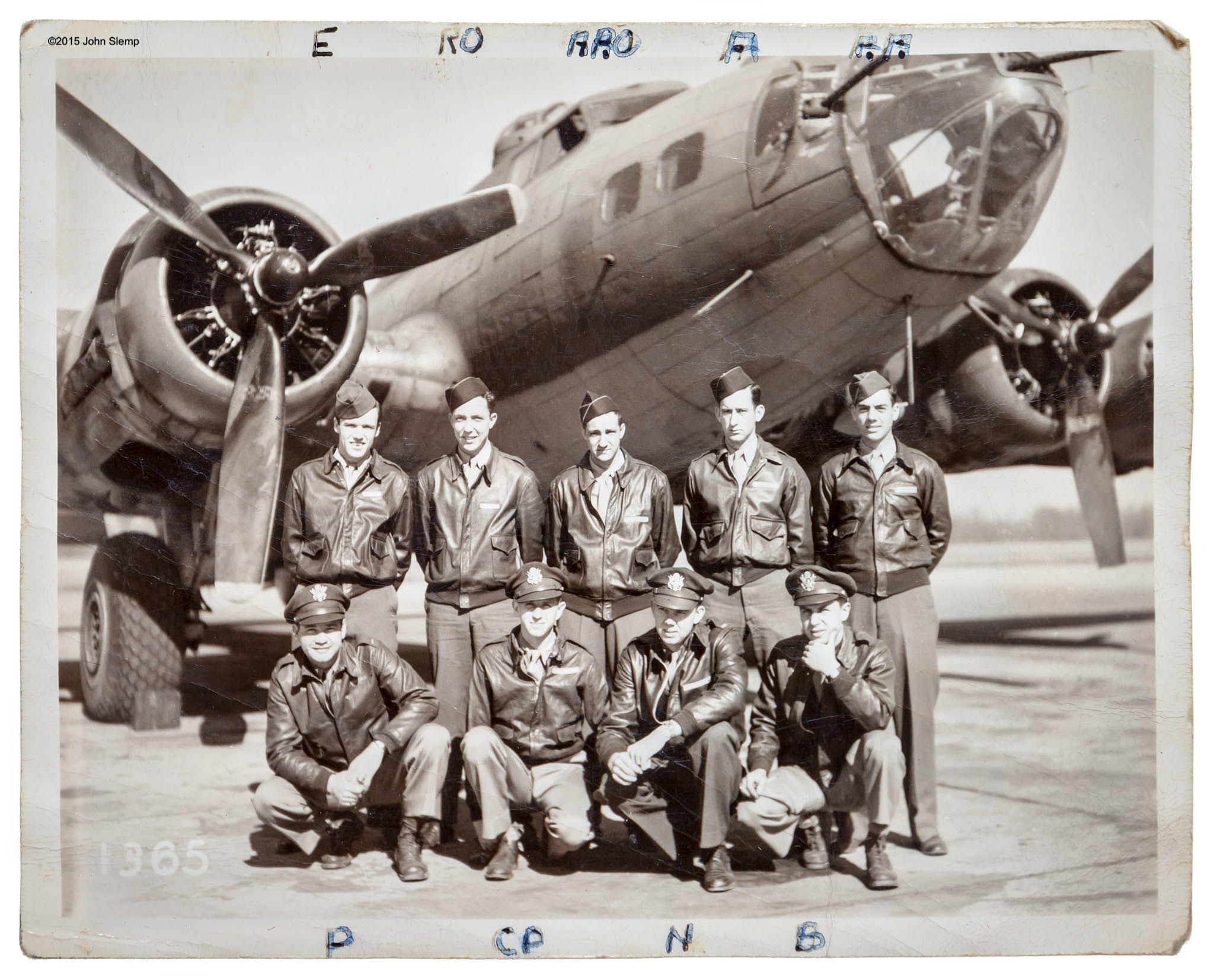
Another surprise came when they pulled out a large panoramic print of this unit, taken in June of 1944. It depicts a lone B-17, with squadron member’s positioned on the wings, engine nacelles, inside the nose, atop the fuselage, spread down both wings, and under the aircraft. It must’ve been a raw, cold day as many men are wearing jackets, with some wearing gloves. I learned last year during a visit to the American Air Museum in Duxford, England that the same aircraft was involved in a mid-air collision 4 days later while on a mission, with the resulting loss of all 20 crewmen.
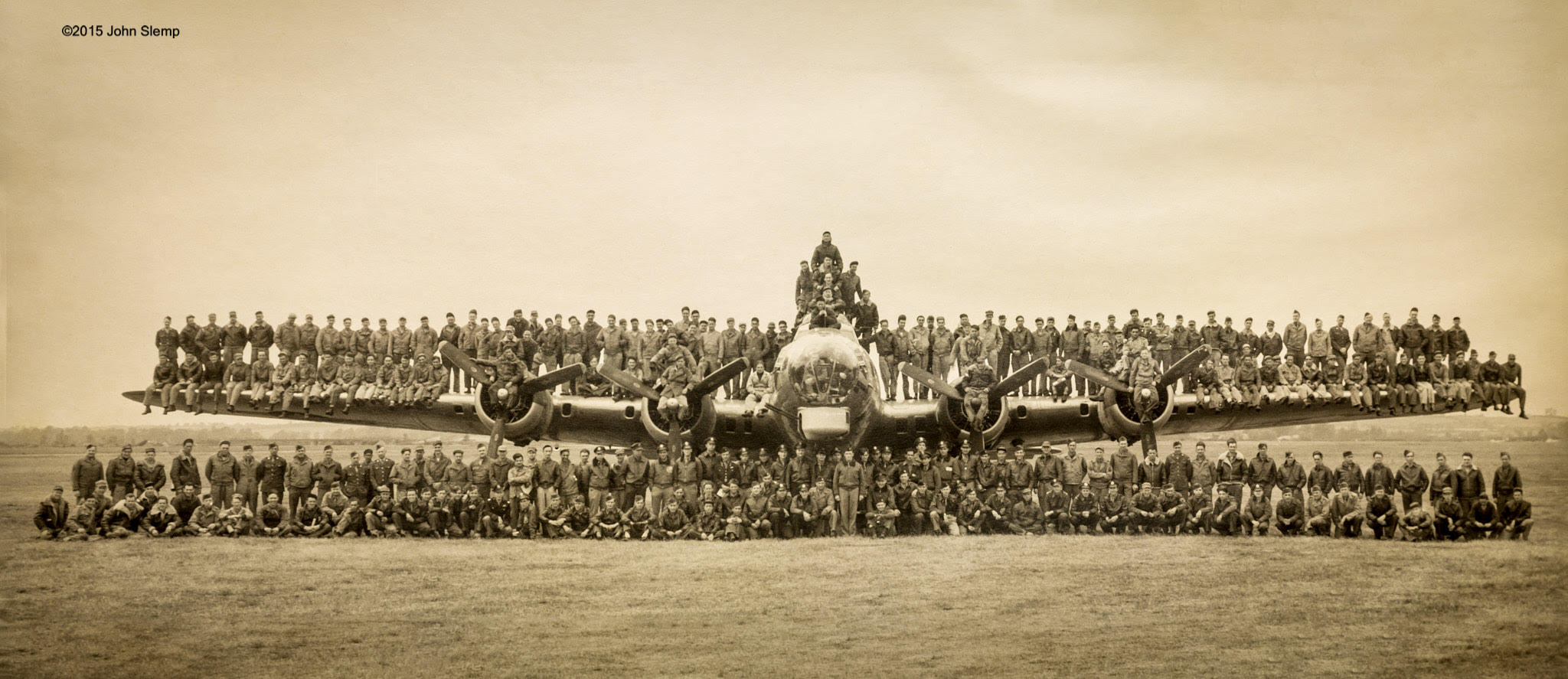
This passion for preserving family history was not unique to Harvey’s family. Virtually everyone that I came in contact with who had a family member’s jacket treasured it zealously, and were proud to have it photographed for the book. I was more than happy to oblige.
In addition to the 104 jackets featured in the book, there are contemporary portraits and stories of WWII veterans, including the Tuskegee Airmen and the Women Airforce Service Pilots (WASP’s). An essay on their fashion and cultural impact written by noted fashion historian Laura McLaws Helms offers a glimpse into their continuing influence today, a section on collecting written by Antiques Roadshow curator Jeff Shrader, and a section on the care of the jackets rounds out the text. Several aircraft illustrations were provided by noted artist John Mollison. Complete with a full index, the large (12×12 inches), 398 page book offers a glance at this unique American military art form. The book has won awards in two international design competitions, and was named the “Fashion Book Of the Year” by the Ivy Style fashion blog in the spring of 2024. The full photograph of Jimmy’s jacket is available in the resulting book Bomber Boys, WWII Flight Jacket Art, which can be ordered at wwiibomberboys.com.






